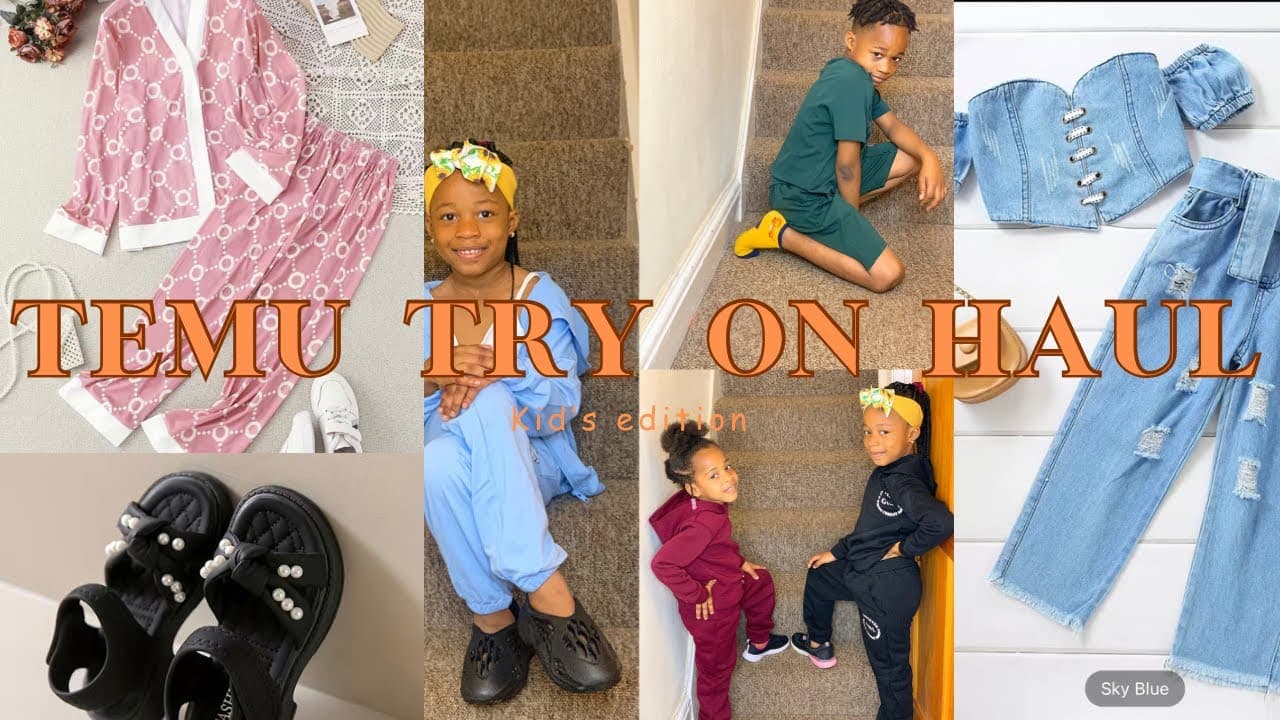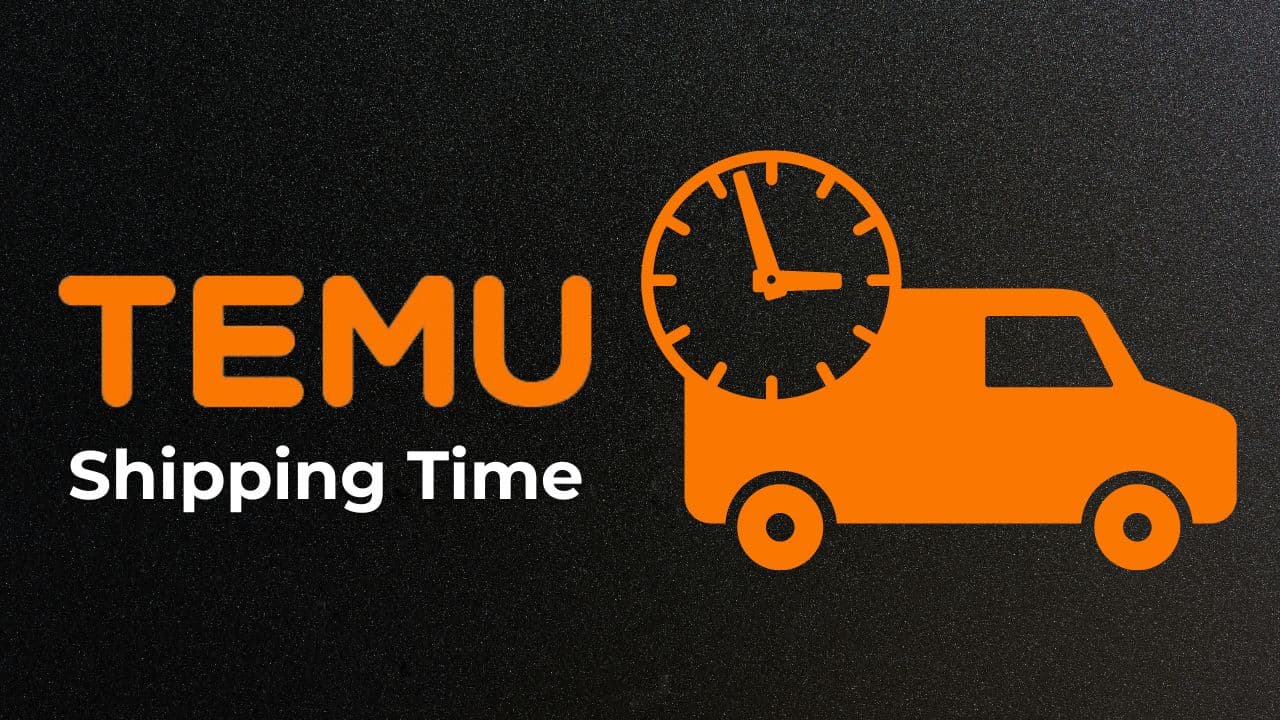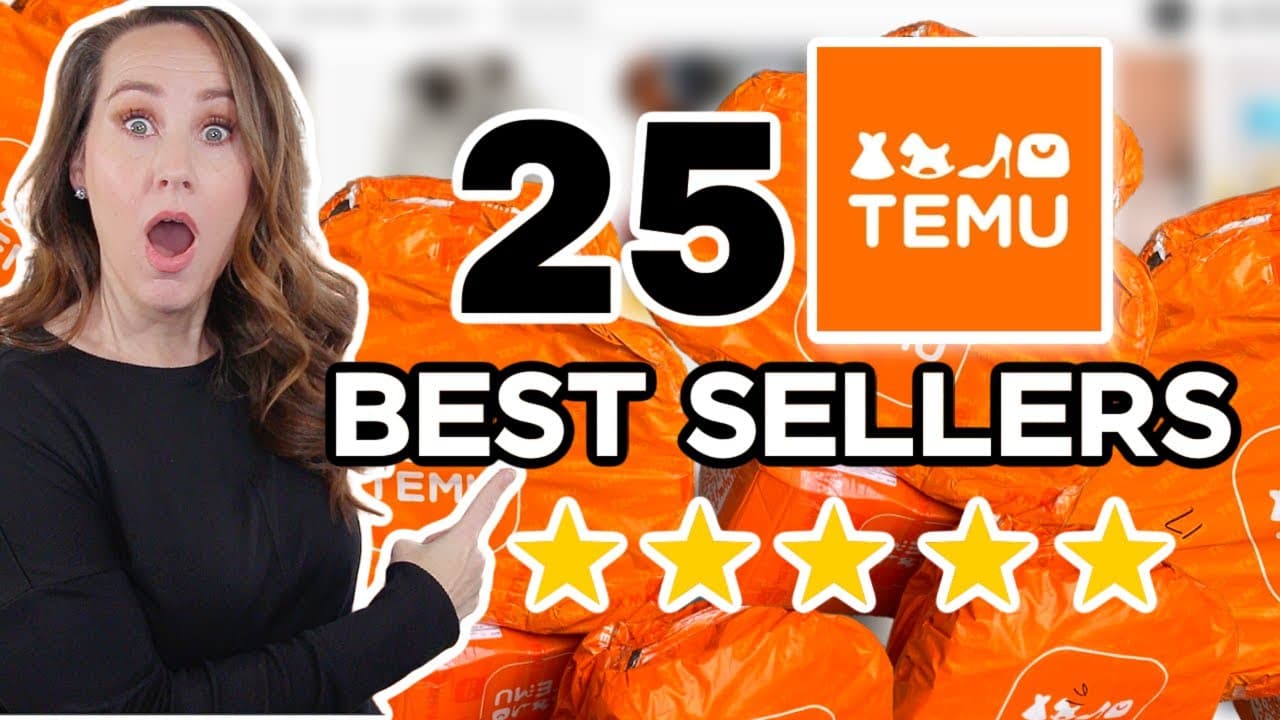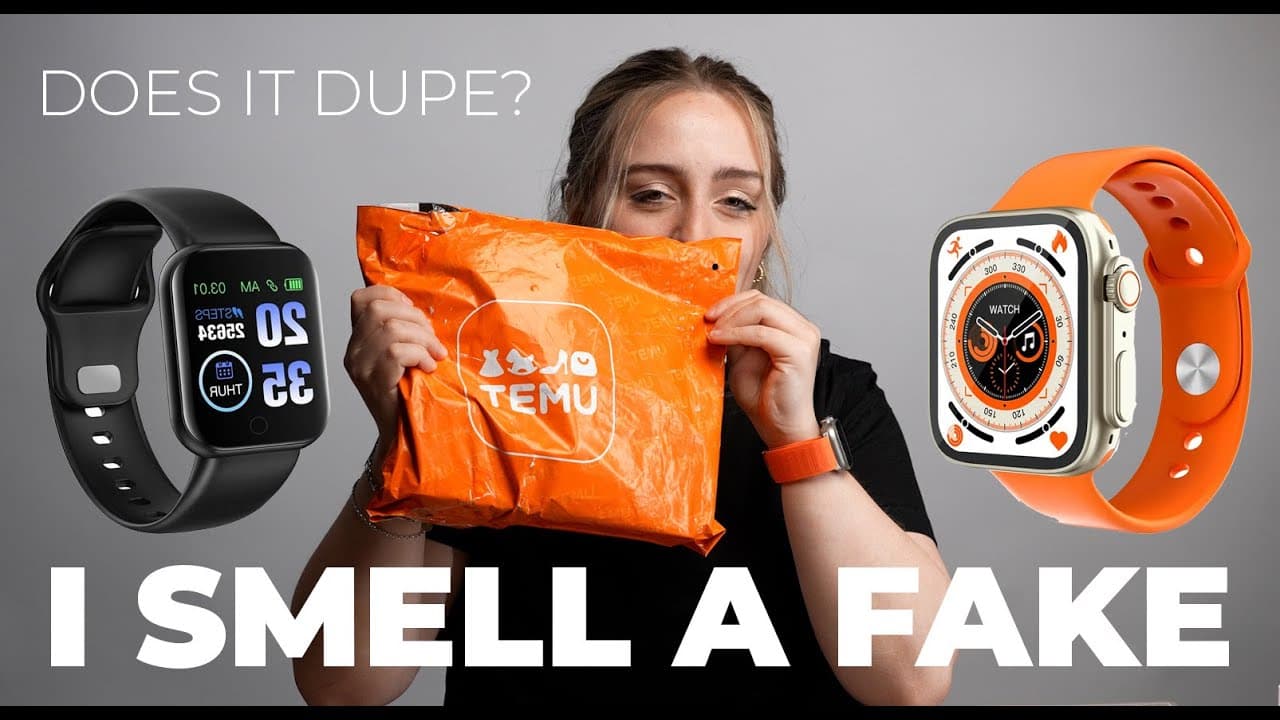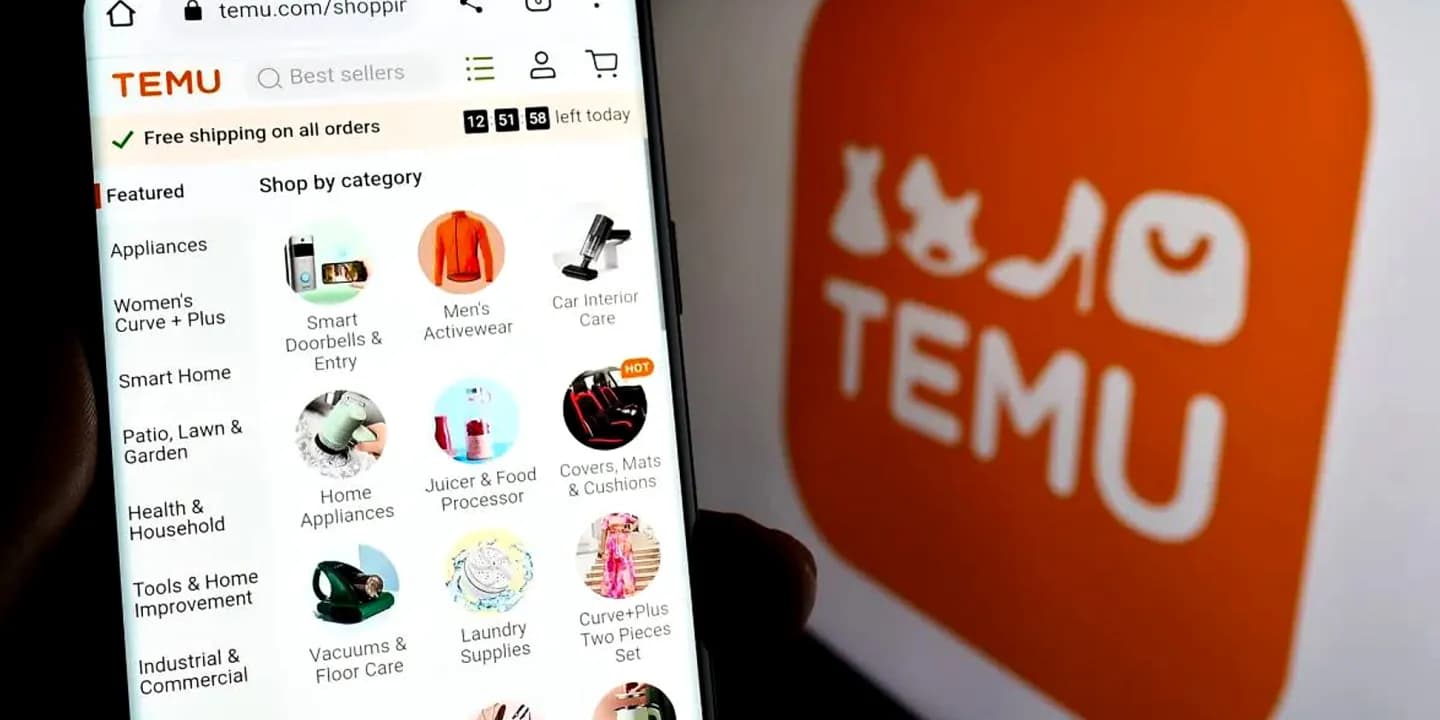Over the last decade, online fast fashion and low-cost marketplaces have transformed the way people shop. Two names stand out in this evolving landscape: Temu and Shein. Both platforms promise affordability, thousands of product choices, and a mobile-first experience. Yet, as competition intensifies, buyers have begun to compare Temu vs Shein more carefully to determine which platform offers better value, quality, service, and long-term reliability.
This article explores every essential angle of Temu vs Shein. Instead of rushing to a conclusion, it considers real user needs such as product variety, pricing structure, manufacturing ethics, shipping practices, usability, and customer service. By the end, readers should have a clear understanding of how these two companies differ and which one may suit their priorities.
Background and Brand Identity
Shein launched in 2008 as a digital-first fashion retailer. It initially focused on women’s clothing before expanding to men’s apparel, kids’ fashion, home items, and accessories. Its rise has been driven by aggressive social media marketing, influencer collaborations, and trend-focused inventory that updates constantly.
Temu, founded in 2022, belongs to the umbrella of PDD Holdings. It offers a large marketplace model similar to other e-commerce platforms, covering not only clothing but also electronics, jewelry, home goods, beauty products, and lifestyle items. Temu positions itself around extreme affordability, flash sales, and manufacturer-to-consumer pricing.
While Shein tries to behave like a fashion brand with a strong identity, Temu presents itself more like a marketplace that covers diverse categories beyond apparel. This difference shapes how users perceive each platform and sets the stage for the Temu vs Shein comparison.
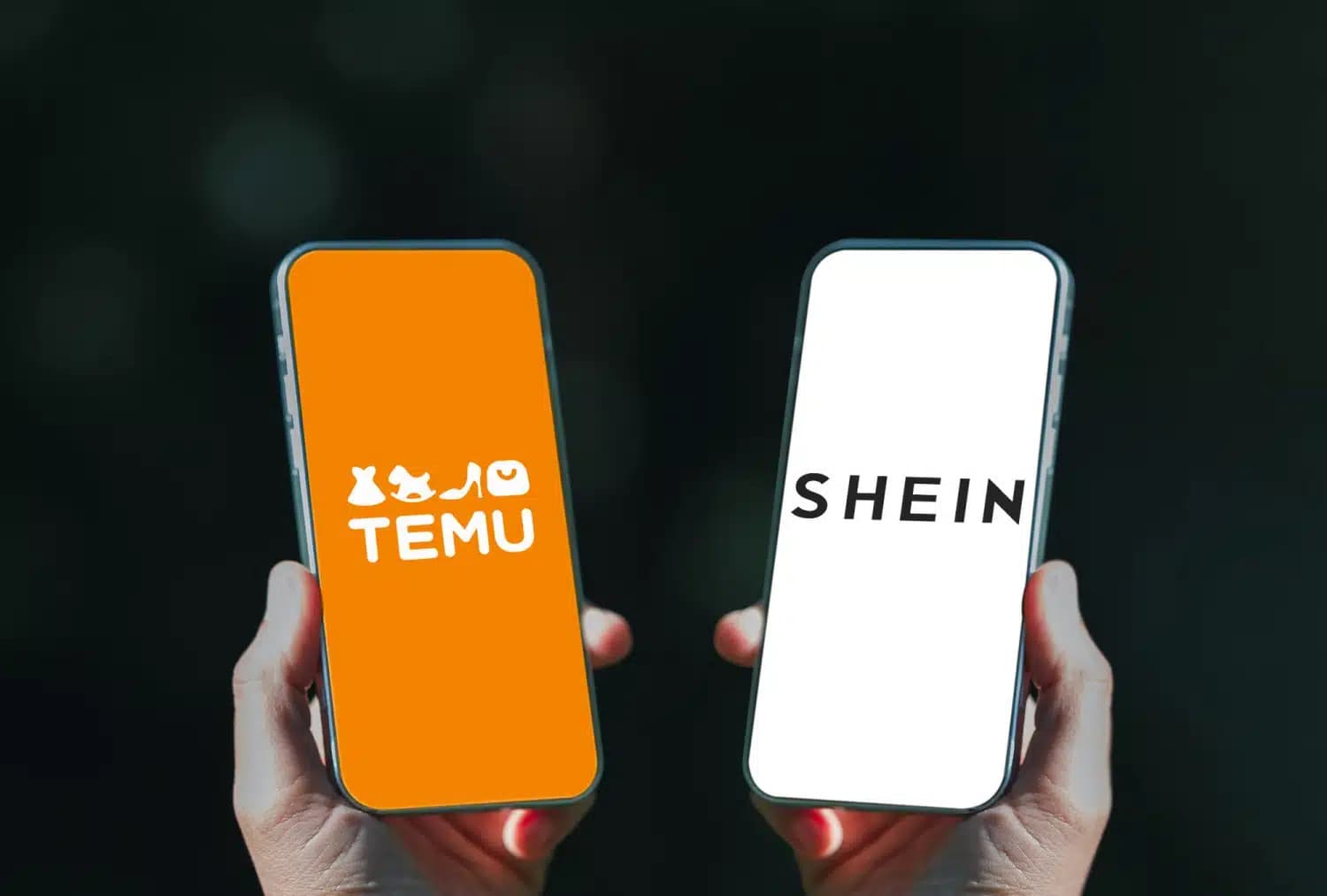
Background and Brand Identity
Product Range and Categories
When evaluating Temu vs Shein in terms of product range, both platforms excel but with different strengths. Shein began with fashion and still leads in trendy apparel, shoes, swimwear, bags, and accessories. It has also added some home and décor items, though clothing remains its core identity.
Temu, in contrast, casts a wider net. It sells clothing, but also electronics, skincare products, pet supplies, gadgets, kitchen tools, and craft materials. Instead of positioning itself as a fashion leader, Temu is closer to a discount megastore with rapid category expansion.
For shoppers seeking the latest runway-inspired looks or season-specific clothing, Shein often provides more style-driven variety. For those interested in a little bit of everything, Temu emerges as the broader platform.
Pricing and Discounts
In the Temu vs Shein debate, pricing is a major battleground. Both companies compete intensely on cost. Shein offers very low prices on dresses, tops, jeans, and accessories, often running seasonal sales and coupon codes. Still, Temu frequently undercuts Shein with flash deals that dramatically reduce the price of already-inexpensive products.
Temu also features bundles, discounts for first-time purchasers, and game-like promotions that drive impulse buying. Many items sell for just a few dollars, encouraging users to add multiple products to their cart. Shein counters with its own points system, membership perks, and frequent discount events.
Overall, Temu generally offers cheaper everyday pricing, especially on non-fashion items. Shein tends to lead on fashion design variety with slightly higher costs per item, though still budget-friendly compared to traditional retail.

Pricing and Discounts
Quality and Durability
One of the most frequent concerns in any Temu vs Shein comparison is quality. Since both companies rely on large production networks and high-volume manufacturing, consistency can vary. Shein has been in the market longer, giving it more time to improve quality controls. Certain lines, especially its “premium” collections, use better materials than earlier offerings.
Temu’s quality can vary widely because it aggregates items from multiple third-party vendors. Some customers receive highly durable items that surpass expectations given the price, while others report flimsy materials or sizing issues. The quality question does not have a single answer. It depends heavily on the specific product and seller.
In general, Shein may hold a slight lead in reliable apparel quality simply due to specialization and experience. Temu earns points for value, but its marketplace structure can create more inconsistency.
Shipping and Delivery
Shipping times influence many buying decisions, making this an important aspect of Temu vs Shein. Both platforms use international fulfillment hubs, which can lead to variable delivery speeds based on location.
Shein often streamlines shipping by coordinating with multiple couriers and offering express upgrades. Delivery can range from one to three weeks, though some buyers report receiving parcels in under ten days.
Temu tends to offer free or low-cost shipping for minimum order values. Delivery times can be similar to Shein, though some regions experience additional delays because of the platform’s rapid expansion. Packaging is typically minimal, which helps reduce costs but may not protect fragile goods as effectively.
Neither platform is known for extremely fast shipping compared to local retailers, but both have improved speed and tracking options in recent years.
Customer Service and Returns
Customer support stands out as a crucial factor in Temu vs Shein. Shein offers an app-based help center, live chat, and detailed return policies. Many items are eligible for returns within a set window, though customers may be responsible for shipping fees unless the item is defective.
Temu also provides a return policy that frequently includes free returns within a limited time period. It has an integrated support section in its app. Yet, as a newer platform, Temu is still establishing consistent service standards. Some customers praise quick refunds, while others report delays due to marketplace mediation.
In both cases, policy clarity and case-by-case resolution matter. Shein may hold a modest advantage due to an established support infrastructure, but Temu appears to be improving quickly.

Customer Service and Returns
User Experience and Interface
The digital experience also differentiates Temu vs Shein. Shein’s app and website are polished, visually driven, and tailored to fashion browsing. It highlights recommended outfits, categories, and styling suggestions. Users who enjoy discovering trends through images often find Shein more intuitive.
Temu’s interface focuses on deals and product variety. It highlights big discount banners, trending picks, and multi-category browsing. While not as fashion-focused in design, it appeals to budget hunters who enjoy scanning low prices across multiple sections.
Both platforms offer mobile apps, account profiles, and purchase tracking. Shein leans toward inspiration-based shopping, while Temu emphasizes bargain discovery.
Sustainability and Ethical Considerations
Environmental responsibility influences modern shoppers, so comparing Temu vs Shein requires an ethical lens. Shein has faced criticism over excessive waste, mass production, and labor transparency. It has responded with sustainability pledges and limited eco-friendly collections but still struggles with fast fashion’s fundamental issues.
Temu has also been scrutinized for potential labor concerns within its supply chains. Its business model focuses on low-cost mass production, which often sparks discussions around ethical sourcing and environmental impact.
Neither platform currently leads the industry in sustainability. Both face ongoing pressure from consumers and regulators to improve transparency, waste management, and working conditions. Individuals who prioritize environmental responsibility may find both platforms lacking, though Shein has begun public-facing initiatives to address criticism.
Market Reach and Target Audience
In Temu vs Shein, the target audience overlaps yet differs in emphasis. Shein primarily attracts fashion-conscious shoppers, especially younger women who follow social media trends. However, its product lines increasingly appeal to men and families.
Temu’s broader category structure targets bargain shoppers of any age. Some users turn to Temu for small household items, electronics, and crafts rather than purely fashion. The platform promotes a more general shopping environment rather than a style-based identity.
Their global presence continues to expand. Both platforms invest in regional languages, localized pricing, and targeted ads. In many countries, the competition between Temu and Shein has already intensified, with each launching new campaigns or discounts to capture market share.
Consumer Trust and Reviews
Online reviews help shape the Temu vs Shein narrative. Shein has dealt with negative feedback over quality, shipping times, and returns. Yet it has also cultivated loyal users who appreciate the affordability and variety.
Temu receives mixed reviews due to its newness. Some shoppers are impressed with the low prices and surprising product quality, while others report concerns about inconsistencies or long delivery times. Because Temu features a marketplace model, reviews can differ dramatically from one seller to another.
Consumer trust grows with transparency, accurate descriptions, and consistent delivery. Both platforms continue investing in reputation management, incentive-based reviews, and better communication.
Final Comparison and Conclusion
Choosing between Temu vs Shein depends on what buyers value most. Shein carries a stronger brand identity in fashion and tends to provide more consistency in clothing quality. Its app is polished, and customer service has become more structured after years of operation.
Temu leans into ultra-low pricing and diversity across product categories. It is ideal for shoppers looking beyond fashion to home items, accessories, gadgets, and gifts. However, the marketplace model results in varying quality and mixed delivery experiences.
Both platforms excel in affordability, growth potential, and product availability. Their weaknesses include potential quality inconsistencies, environmental concerns, and shipping delays. Ultimately, a side-by-side experience may reveal which aligns better with personal preferences.
In summary, Temu vs Shein is not a matter of one winner for every buyer. Style enthusiasts may prefer Shein for its apparel design and curated fashion feel. Budget hunters or multi-category shoppers may appreciate Temu’s price points and broad inventory. Each platform satisfies a different type of consumer demand in the fast-evolving e-commerce world.
If the priority is fashion trends at accessible prices, Shein offers a tested formula. If the goal is wide-ranging bargains from clothing to electronics, Temu has the advantage. By weighing product variety, price, quality, delivery, and ethics, shoppers can make informed decisions about which platform best serves their needs.
